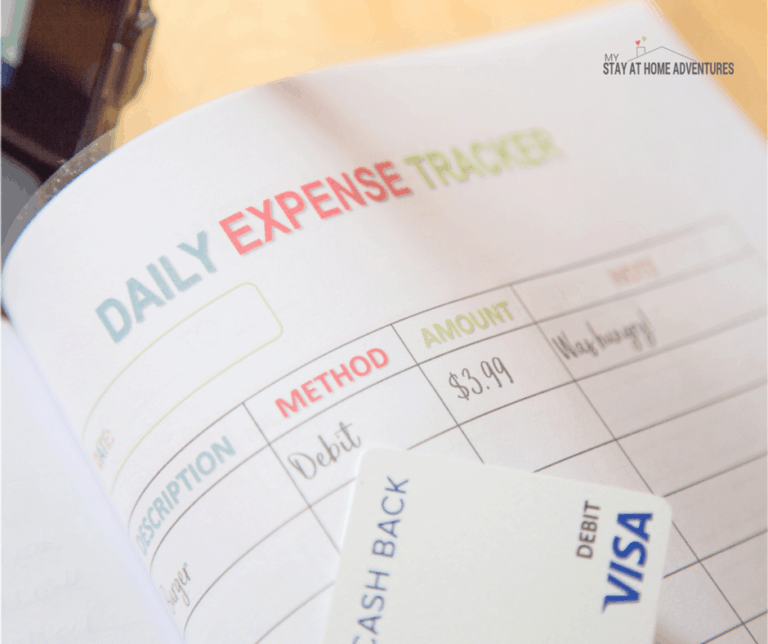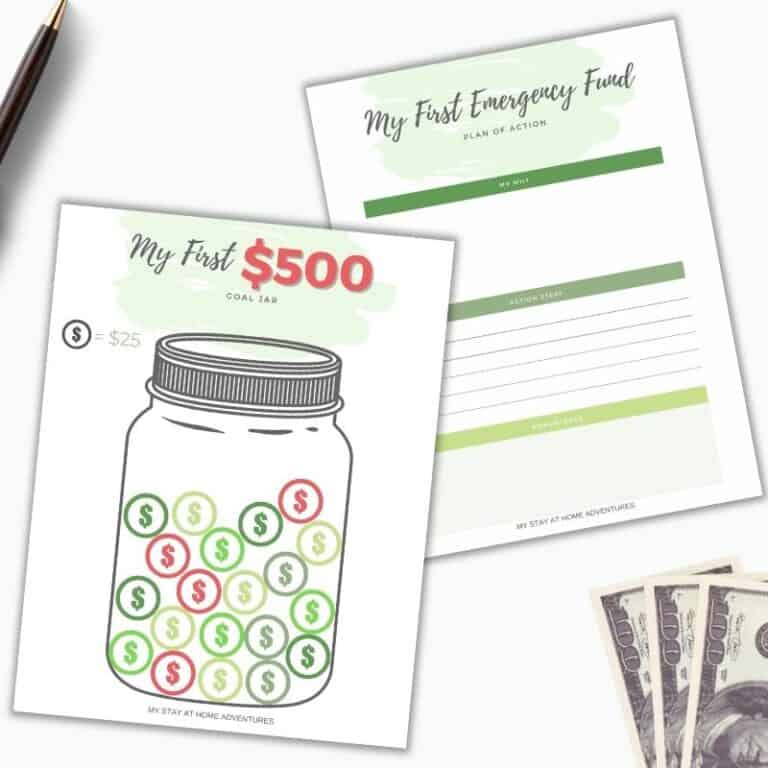Why Is My Credit Card Debt Increasing?
This post may contain affiliate links which might earn us money. Please read my Disclosure and Privacy policies hereAre you concerned about the rising credit card debt in the US? Worried about how it could affect your finances? Have no fear; we will give you an inside scoop on what's happening and how to stay ahead of the game. Learn all about the expected rise in credit card debt during 2023 and get tips on managing it.
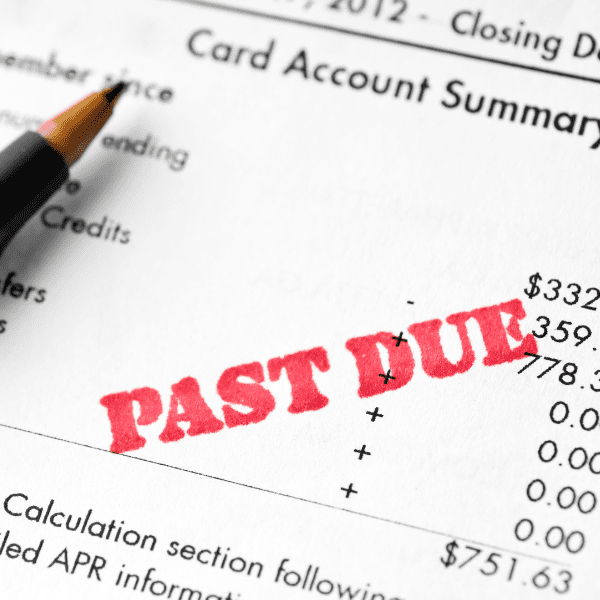
Understanding Credit Card Debt In 2023
Americans are facing a growing burden of credit card debt in 2023. According to the Federal Reserve Bank of New York, total credit card balances rose from $887 billion in the second quarter of 2022 to $925 billion in the third quarter of 2022. This 15% year-over-year increase marks the most significant jump in more than 20 years.
In addition, as of the third quarter of 2022, the average household credit card balance was $6,194, a 13% increase from last year.
The rapid rise in credit card debt can be attributed to several factors. First, with the pandemic and inflation lasting into 2023, many people have had to rely on credit cards to cover expenses such as rent, groceries, and other necessities.
Additionally, with low-interest rates, consumers have taken advantage of low-cost debt to finance large purchases during 2020.
It is important to understand the risks associated with increasing credit card debt and take measures to avoid getting into a financial bind. If you are struggling with credit card debt, there are several options to help you get back on track.
It is important to understand the different options available to you, such as debt consolidation, refinancing, credit card relief programs, and alternatives.
Additionally, it is essential to understand the impact that interest rates have on credit card debt and be aware of strategies to manage your debt during difficult times.
The Increase of Credit Card Debt in 2023
It's no secret that credit card debt has been skyrocketing recently, and that trend is expected to continue in 2023. For example, the Federal Reserve Bank of New York reported that credit card balances jumped 15% in the third quarter of 2022, the largest year-over-year increase in more than 20 years.
In total, Americans held $925 billion in credit card debt in the third quarter of 2022, which is a rise of $38 billion since Q2 2022. Furthermore, the first three quarters of 2022 saw a rapid increase in credit card balances after they contracted sharply during the early part of the year.
The key drivers behind this surge in credit card debt are increased consumer spending, higher loan balances, and rising interest rates.
As consumer spending continues to climb, people are relying more heavily on credit cards to make purchases. Additionally, loan balances have been growing for both auto and personal loans, driving up credit card debt.
Lastly, higher interest rates also contribute to credit card debt growth, as borrowers have to pay more each month.
It's important to understand that rising credit card debt can be risky, as it can lead to a cycle of debt if not managed properly. Therefore, avoiding increasing credit card debt, such as spending within your budget, using cash whenever possible, and paying off your balances in full each month, is important.
In addition, if you find yourself in a position where your credit card debt is becoming unmanageable, relief programs are available to help you get back on track.
Finally, paying attention to interest rates is essential, as they can significantly impact the amount of credit card debt.
What Causes Credit Card Debt to Increase?
Credit card debt is rising at an alarming rate due to several factors. First, inflation has caused the cost of living to skyrocket, leading to increased credit card usage for everyday purchases. Furthermore, pandemic assistance programs have ended, leaving many households without the resources to pay off their balances.
Interest rates are also soaring, meaning borrowers are paying more interest charges. Finally, Bank of America's data reflects higher borrowing rates among lower-income and worse credit borrowers.
All of these factors combined have led to a dramatic increase in credit card debt over the past year, making it one of our most significant economic issues.
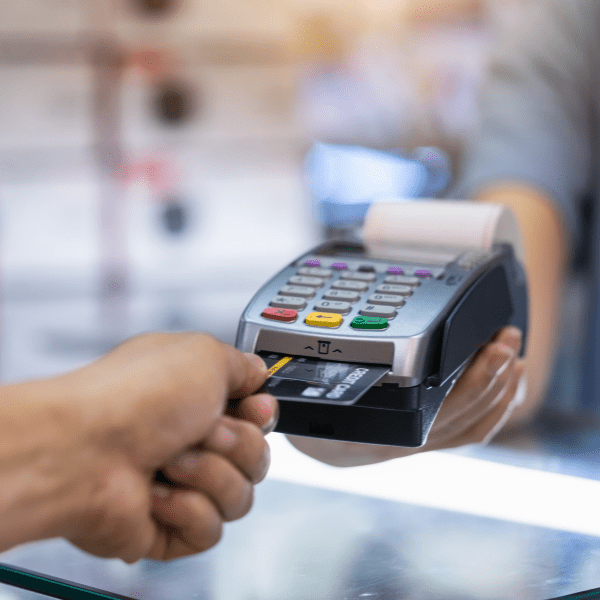
What are the Risks of Growing Credit Card Debt?
One of the main risks of growing credit card debt is the potential to damage your credit score. When borrowers are unable to pay off their balance in full, it can lead to a series of late payments and delinquencies, which can lower their credit score.
Additionally, a cardholder consistently carrying a high balance can negatively affect their credit score.
Another risk associated with growing credit card debt is perpetual debt. If cardholders only make minimum payments, they will be unable to pay off their balance in full and may end up paying more in interest than they do on the principal balance.
Additionally, the rising interest rates and increasing variable APRs mean that cardholders are likely to pay even more over time if they don't make serious efforts to pay down their debt.
On top of that, keeping track of spending when using credit cards can be difficult, which can lead to overspending and further debt accumulation. Therefore, cardholders need to be aware of these risks to stay on top of their credit card debt.
Tips to Avoid Increasing Credit Card Debt in 2023
It is important to be proactive in avoiding increased credit card debt in 2023. Here are some tips to help you stay on top of your credit card debt:
1. Create a budget: A budget is essential to sticking to a plan and avoiding overspending. Make sure to factor in your expenses, including credit card payments, and track your monthly spending.
2. Pay off your balance every month: Paying your credit card balance in full each month is the best way to avoid accruing interest and increasing debt.
3. Use cards for convenience, not for credit: Credit cards should be used only for what you need and can pay for in full each month. Avoid using credit cards for items that you cannot afford.
4. Beware of cash advances: Cash advances are a quick way to increase your debt, as they often come with high-interest rates. Avoid taking cash advances when possible.
5. Monitor your spending: Keep track of your spending and ensure you're not overspending. This will help you stay on top of your credit card debt and alert you to potential issues.
Following these tips can help ensure that your credit card debt doesn't spiral out of control in 2023.
How to Consolidate or Refinance Your Credit Card Debt
As credit card debt increases, many borrowers look for ways to consolidate or refinance their debt. Consolidating or refinancing your credit card debt can help you save money on interest payments and make it easier to manage your payments.
Consolidating your debt means combining multiple debts into one loan, making it easier to manage one payment instead of multiple bills. Refinancing your debt can also help you save money by allowing you to get a lower interest rate.
However, it's important to make sure that you understand the terms and conditions of any consolidation or refinancing loan before committing.

Credit Card Relief Programs and Alternatives
As credit card debt continues to increase, knowing the available relief programs and alternatives is vital to help you manage your debt. Debt consolidation and refinancing are two of the most popular options for reducing credit card debt.
Consolidation involves combining multiple debts into one loan with a lower interest rate. Refinancing involves taking out a new loan at a lower rate to pay off existing debt. Additionally, debt relief programs can help lower monthly payments, reduce interest rates, and even eliminate debt altogether.
These programs are typically offered by non-profit organizations and can be a great way to get the help you need to get back on track. However, it is important to remember that these programs come with fees and may not be suitable for everyone. So carefully weigh the pros and cons of each option before deciding which is best for you.
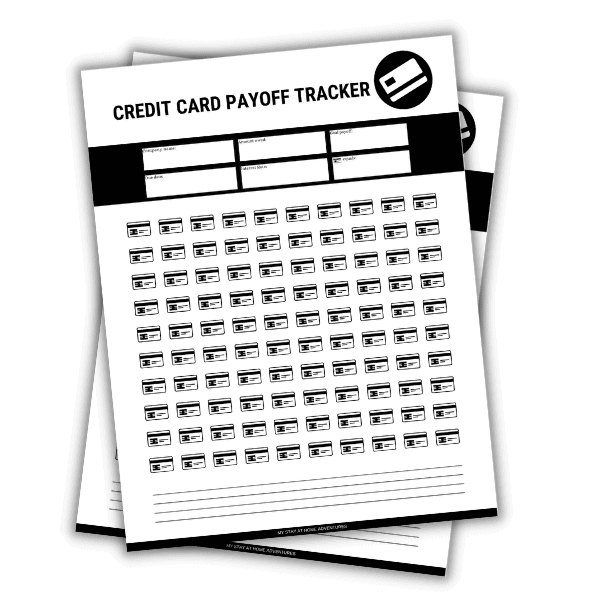
Credit Card Payoff Tracker
Grab this credit card payoff tracker printable to motivate and track your journey.
The Impact of Interest Rates on Credit Card Debt
Interest rates play an important role in the amount of debt consumers accumulate on their credit cards. As interest rates rise, it becomes more expensive to carry a balance, resulting in higher debt levels. This is especially true during times of economic uncertainty when interest rates tend to be higher than normal.
Therefore, when interest rates are high, consumers are more likely to carry a balance on their credit cards, increasing credit card debt.
Additionally, high-interest rates can also result in higher minimum payments, making it more difficult for consumers to pay off their credit card balances. As a result, consumers should be aware of the impact of interest rates on their credit card debt and take steps to reduce their debt if their interest rates become too high.
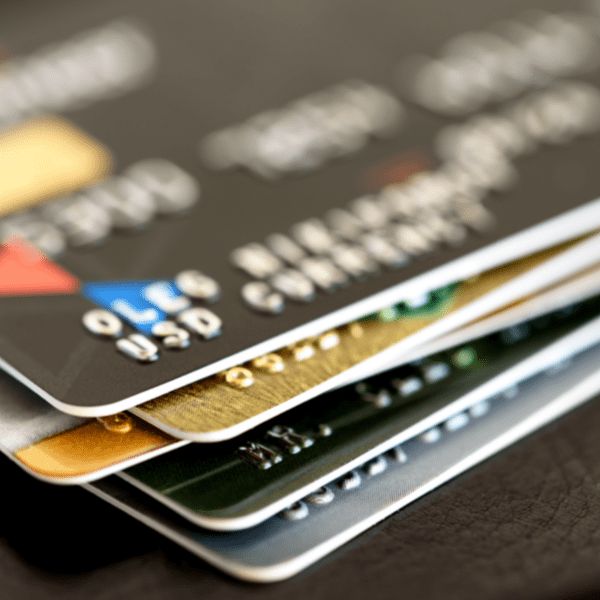
Managing Credit Card Debt During Difficult Times
As we enter 2023, many Americans are facing financial hardship due to inflation. In these challenging times managing credit card debt can be a challenge. Therefore, it's important to be aware of the risks associated with increasing credit card debt and with finding ways to pay off or consolidate existing debt.
There are several strategies for managing credit card debt in difficult times, such as creating a budget, cutting back on spending, and utilizing online tools and resources to track spending and create a plan for paying off debt.
Additionally, it might be worthwhile to look into credit card relief programs or alternative forms of financing. These can provide temporary relief from high-interest rates and help reduce the debt that needs to be paid off.
No matter the situation, stay informed and proactive about managing credit card debt. With the right strategies and guidance, it is possible to make progress toward reducing or eliminating credit card debt.
Strategies for Paying Off Your Credit Card Debt in 2023
Whether you're struggling to make payments or want to pay off your debt quickly and efficiently, there are various strategies you can implement.
One popular strategy is the snowball method, which first pays off the smallest balances. This approach allows you to quickly reduce your debt and gives you a sense of accomplishment that can motivate you to continue paying off your debt.
Another approach is the avalanche method, which involves first paying off the highest-interest debts. With this method, you'll first tackle the most expensive debts and save money on interest in the long run.
You may want to consider transferring your balances to a single card with a lower interest rate if you have multiple credit cards. You can also look into balance transfer offers from other credit card companies. Just make sure to read the terms and conditions before taking advantage of any offers.
You might also want to consider consolidating your debt. Debt consolidation loans offer lower interest rates than credit cards and can help you pay off your debt faster.
Finally, if you're having trouble making payments, consider talking to your credit card company to see if they can assist you. Many credit card companies offer hardship programs that can offer lower payments, waived fees, and other benefits.
By taking the time to understand your financial situation and creating a plan for paying off your credit card debt, you can get out of debt and start building a brighter financial future.

